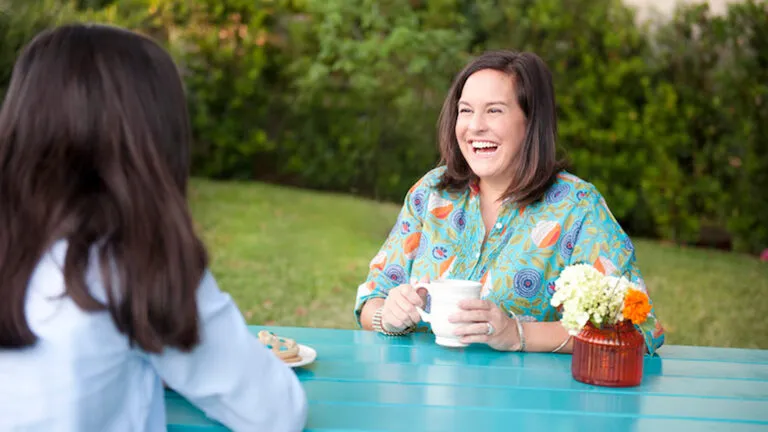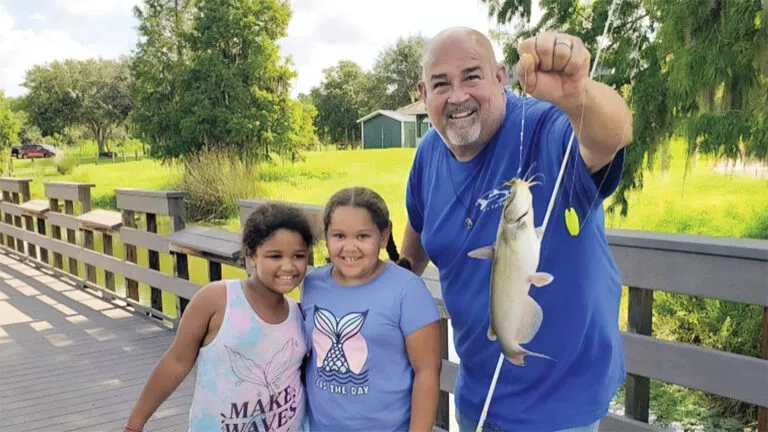In the City That Never Sleeps, neither do the rats. But instead of trying to wipe out rodents with harmful, toxic repellents, one New York City group is supporting a more natural solution: feral cats.
The Guardian Angels, the anti-crime organization famous for its subway patrols and volunteers in red berets, has expanded their “We Not Me” philosophy to serve the animals of the city’s five boroughs, particularly feral cats. The nonprofit’s new animal protection program is improving these cats’ lives while helping neighborhoods overrun with rats. Created nearly two years ago by Nancy B. Sliwa, who’s been a cat colony caretaker in Sunset Park, Brooklyn, for over 10 years, the program provides outdoor housing and partners with the individual caretakers to foster cleaner, safer colonies.
Vicente Norero, who also cares for a colony in Sunset Park, remembers a time when rats would routinely cross the alleyway by his home and scavenge from garbage cans. They would even find their way into the houses nearby. With the support of the Guardian Angels, he and a neighbor now care for about 15 feral cats, feeding them twice a day. The cats consider the alleyway their territory and vigilantly patrol it for vermin.
Norero also recalls when unspayed and unneutered wild cats would fight and become a nuisance. But as he notes, “It wasn’t their fault if they weren’t fixed.” Today, notched ears indicate that the cats are spayed and neutered. The Guardian Angels program sees a large part of its role as helping to prevent an overpopulation of feral felines, which translates to fewer cats in the shelter system and fewer cats getting euthanized.
Some colonies now partnered with the Guardian Angels have been around for more than a decade. Even with the program’s help, challenges persist. One colony in Manhattan’s Washington Heights was jeopardized after a neighbor complained about the cats and the landlord was issued a fine. Other colonies have lost cats to poisoning.
The Guardian Angels program does more than just curb the rat and mouse population in a natural way. The program introduces kids to the cats of their community, teaching empathy for animals and, by extension, people. Children who routinely feed the cats lose their fears of the strays, and the cats, Norero says, “come around to the kids.”
With advantages like these, the movement is a win-win for everyone who lives in a supported area, but participation needs to improve. “The whole block should be helping,” says Norero, who’s cared for his colony for nine years. His neighbor is planning to move and the colony’s needs will fall exclusively to him. “I’m going to need help.”
Did you enjoy this story? Subscribe to All Creatures magazine.





